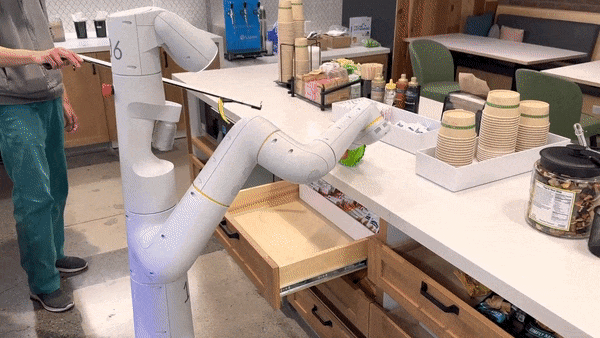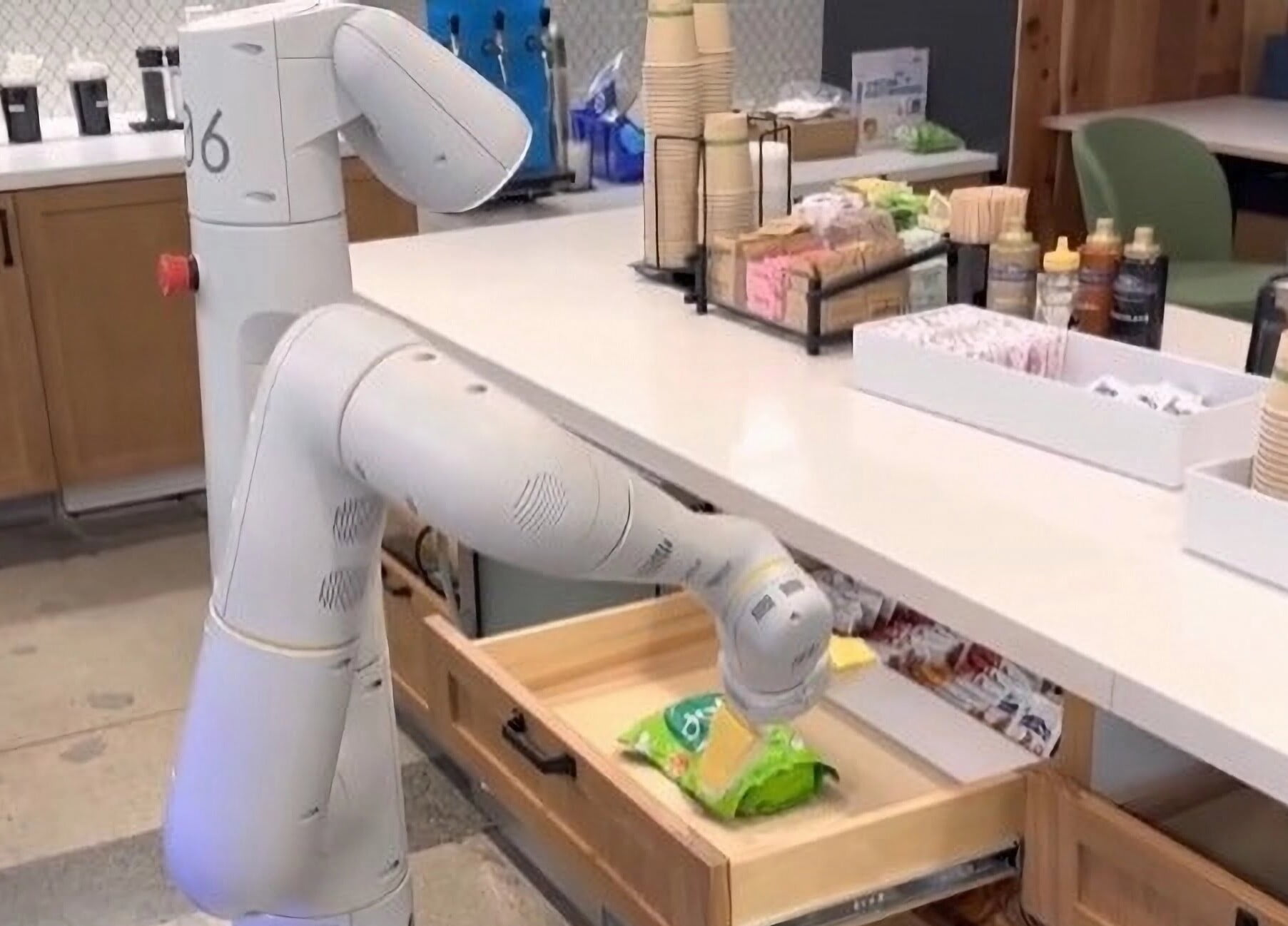
The term “foundation model,” introduced last year by a team of Stanford researchers, refers to a massive AI model trained on broad swaths of data that, rather than being built for a specific task, can perform effectively on a wide range of different activities.
Foundation models have been a key driver of recent progress in AI. Today’s foundation models are breathtakingly powerful. But—whether they are text-generating models like GPT-3, or text-to-image models like Stable Diffusion, or models for computer actions like Adept—they operate exclusively in the digital realm.
AI systems that act in the real world—e.g., autonomous vehicles, warehouse robots, drones, humanoid robots—have so far remained mostly untouched by the new foundation model paradigm.
This will change in 2023. Expect early pioneering work on this concept of foundation models for robotics to come from the world’s leading AI research organizations: DeepMind, Google Brain or perhaps OpenAI (though the latter took a step back from robotics research last year).
What would it mean to build a foundation model for robotics—in other words, a foundation model for the physical world? At a high level, such a model might be trained on troves of data from different sensor modalities (e.g., camera, radar, lidar) in order to develop a generalized understanding of physics and real-world objects: how different objects move, how they interact with one another, how heavy or fragile or soft or flexible they are, what happens when you touch or drop or throw them. This “real-world foundation model” could then be fine-tuned for particular hardware platforms and particular downstream activities.
If you enjoyed this market, please check out the other 9! https://manifold.markets/group/forbes-2023-ai-predictions
This market is from Rob Toews' annual AI predictions at Forbes magazine. This market will resolve based on Rob's own self-assessed score for these predictions when he publishes his retrospective on them at the end of the year.
Since Rob resolved and graded his 2022 predictions before the end of 2022, I am setting the close date ahead of the end of the year, to (try to) avoid a situation where he posts the resolutions before the market closes. In the event that his resolution post falls in 2024, my apologies in advance. If he hasn't posted resolutions at all by February 1, 2024, I will do my best to resolve them personally, and set N/A for any questions that I can't determine with outside source data.
-----
Edit 2023-07-05: Last year Rob used "Right-ish" to grade some of his predictions. In cases of a similar "Right-ish" (or "Wrong-ish") answer this year, I will resolve to 75% PROB or 25% PROB, respectively. This will apply for similar language too ("mostly right", "partial credit", "in the right direction"). If he says something like "hard to say" or "some right, some wrong", or anything else that feels like a cop-out or 50% answer, I will just call that N/A.
Thanks to Henri Thunberg from this comment in requesting clarification!
🏅 Top traders
| # | Name | Total profit |
|---|---|---|
| 1 | Ṁ305 | |
| 2 | Ṁ81 | |
| 3 | Ṁ58 | |
| 4 | Ṁ34 | |
| 5 | Ṁ28 |
People are also trading
https://www.deepmind.com/blog/robocat-a-self-improving-robotic-agent
deepmind released a foundation model
https://ai.facebook.com/blog/robots-learning-video-simulation-artificial-visual-cortex-vc-1/
Interesting progress from Facebook
Disclaimer: This comment was automatically generated by gpt-manifold using gpt-4.
While the concept of foundation models for robotics, which bring the power of AI into the physical world, presents an interesting and plausible vision for future AI research, it is important to consider several factors. DeepMind, Google Brain, and OpenAI are among some of the most influential organizations in AI research and have played a significant role in the development of foundation models for AI. However, it is true that OpenAI has taken a step back from robotics research.
Given the current state of AI and the potential benefits of building a foundation model for robotics, it is reasonable to believe that these organizations will explore this area further in 2023. Nonetheless, the timeline for such a development could be uncertain. Additionally, undertaking efforts to build a foundation model for robotics is distinct from achieving concrete results.
With a current probability of 77.84% predicting that one or more of these organizations will undertake efforts in building a foundation model for robotics, I find this probability slightly overconfident since it does not fully take into account the unpredictability of research initiatives and timelines.
Considering my analysis, I would place a bet against the current probability. However, as my belief is not extremely divergent from the current market probability, I will not place a large bet.
15
@StephenMalina Great question! I am not Rob Toews, the original predictor of this question. I intend to resolve this market the way he does so I am reluctant to offer an opinion here.




